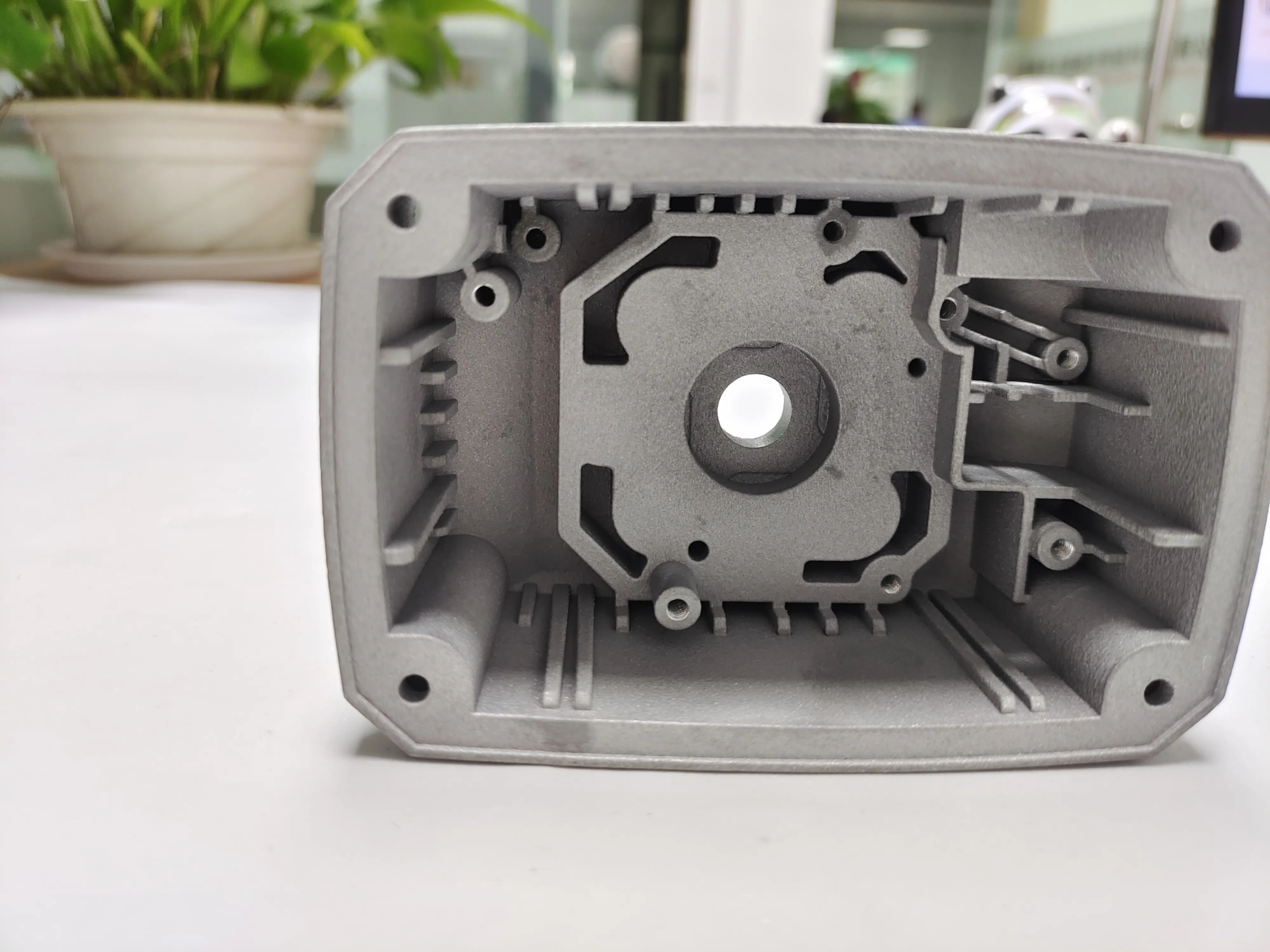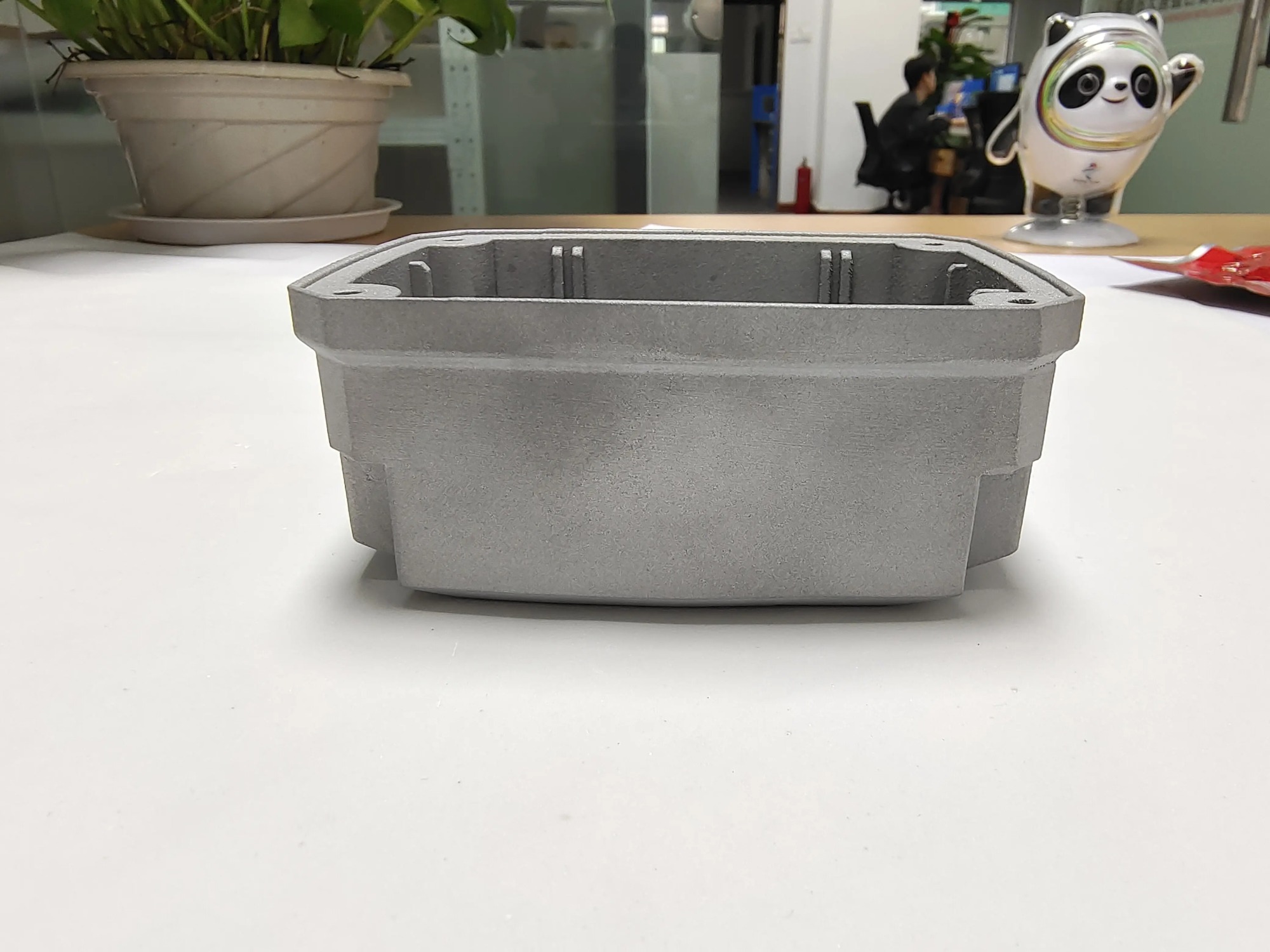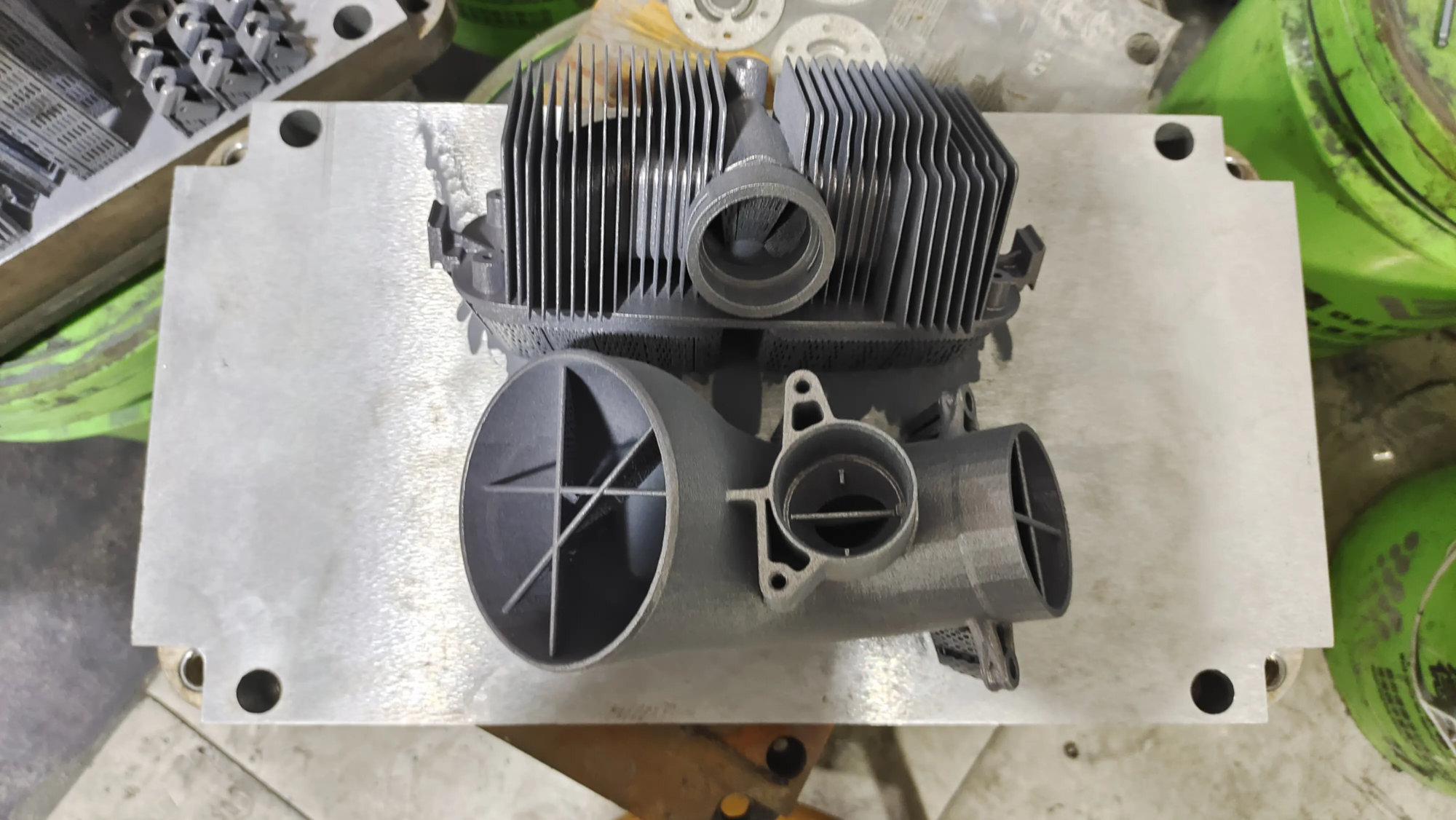Ultimate form: digital assets are only the starting point and physical products are the end point.
In other words, what we consider to be “2.0 Model Platform version” refers toContentAndFlexible manufactureA new generation of 3D print trading platform that is integrated. It is no longer just a content library that provides downloads of models, and it is not only a transit station for printing services, but an integrated platform that links the two main links of design and production.
Currently, the design and production that we have seen are still two distinct systems: the model platform provides creativity and data, and the service platform is responsible for printing and delivery, and both are independent of each other. To really realize “The model is finishedThe commercial model of “is that we must combine both, and at that time, its users will also pass niche players to mass consumers.
3D printing model platform: has data but lack of production capacity
By thinking about the history of the development of these platforms, it can be retraced to Thingiverse, owned by Ultimaker. The platform has been founded in 2008 and has accumulated more than 2 million STL model files so far. It is currently the largest 3D printed model website in the world. After that, a number of rising stars have emerged one after the other, including cults, printables, thangs and domestic representative platforms, such as Makerworld, Chuangxiang Cloud launched by Chuangxiang 3D and old printing platform.
So far, Thingiverse and Makerworld always adopt a completely free open model, and users can freely download the model without paying. Other platforms generally adopt the free parallel model + paid. Among them, some adopt the “store model” and directly sell individual models; Some implement the “members’ subscription system” to provide exclusive content to paid users.
However, if you think about it carefully, it is not difficult to see that whatever the model platform, its main users are reallyPlayers with 3D printing equipment. This also explains why most platforms are built by manufacturers of 3D printing equipment-The platform is essentially a portal for support content for devices.
3D printing service platform: behind it is the production workshop, and the data remains confidential
Not everyone has a 3D printer, but everyone has practical access to 3D printing services. The current service platform mainly has the following characteristics: various technologies (supports SLA, SLS, FDM, metal printing, etc.), rich materials (covering resin, nylon, metals, ceramic, etc.), flexible services (support rapid proof and small-scale production), other fields).
Currently, exceptional 3D printing services platforms include cloud factories, future workshops, mohou.com, etc. They are generally equipped with instant quotes systems. Users can automatically generate printing quotes after downloading the model, which significantly improves service efficiency. At the same time, the main cooperation clause so that these platforms are with users isConfidential dataMake sure that downloaded model files will not flee or will not be sent.
In fact, most of these service platforms are based on offline physical factories, and their services have long exceeded 3D printing, and generally cover a variety of manufacturing processes such as CNC treatment, laser cut and small batches. This also makes them more inclined to “production-oriented platforms” rather than “content-oriented platforms”, and they will not sell and cannot sell user conceptions.
3D print trading platform: data is the product, and it can be printed and shipped online
A platform that incorporates data and production can be considered a new type of 3D printing trading platform, similar to “Taobao in the printing industry”. However, in the early stages, this may more resemble an improved version of the model platform, gradually expanding production and delivery capacity based on content. It can also be seen in the development of existing platforms that certain model platforms already have certain production capacities. For example, during printing, users receive messaging services by cooperation with third -party service providers.
However, this “Jump” service model has a limited appeal to users. As mentioned earlier, this type of user has 3D printing equipment and can print by itself; While users who have no equipment prefer to choose professional printing services platforms directly.
What we really want to discuss now is“Break the circle”. Target users today are no longer 3D printing players, but ordinary consumers who only want finished products. They may not know what 3D printing is, but when they see the products they love, they will directly place an order and await express delivery at home.
And the arrival of this transformation is intended to be a progressive process. To judge by the current trends in the industry, certain platforms have started to explore this direction-according to the sale of model files, gradually increasing the function of sale of physical products, that is to say allowing users to directly order the finished products printed in 3D corresponding to a certain model. No inventory required, printing on demand, considerably reducing operating costs. For designers, each order represents direct monetization of creativity.
If you ask me: who can participate?
Designers, farmers, service providers and even manufacturers of equipment and materials. A brand new 3D printing transaction ecosystem is being training, and any role related to “design” or “manufacturing” can be part. Although this type of platform is always at the imaginable stage, we can certainly see it – it’s just sooner or later.
Of course, there is still a path to go before you can really achieve this goal. But this is the direction we see, and I hope you can go together, see, believe and participate.





